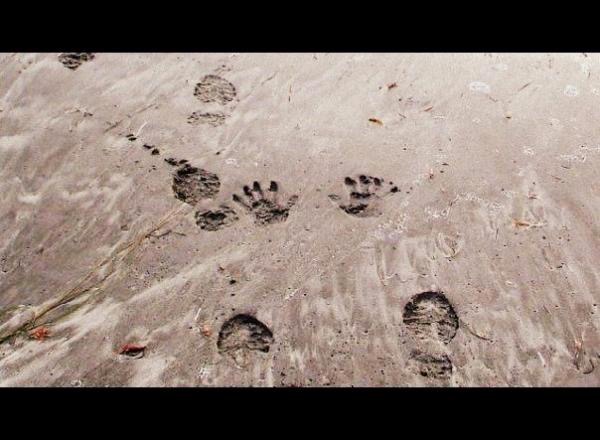Great article on the use of imagery to enhance healing through the Association for Applied Sport Psychology: Using the Mind to Health the Body for Injury Rehabilitation
The tips in this article are a good starting point for anyone recovering from a sports injury – or any injury or health condition actually. Our cells are eavesdropping on our thoughts all of the time and so if we can encourage them to respond in a way that will optimize health and recovery, what a great way to take responsibility for our own part in the healing process.
There are some additional pieces I would add to this article. If a nervous system has experienced shock trauma as part of the injury, if there has been a fall or concussion, there should ideally be some facilitated one on one work with a professional. Here’s why. As much as our visualization healing has been proven to speed up recovery time in multiple research studies, we also need to address the impact to the nervous system. If the place in the brain where that trauma is held and remembered is not worked with, we can end up with an incomplete or partial healing or a chronic weakness in that injury area. Trying to visualize on our own, can help, but if a nervous system is dysregulated (i.e. the patient is experiencing fear, anxiety, depression or other mental/emotional symptoms), they can be frustrated by this process and some will be completely unable to do it.
SRT – Self Regulation Therapy – is a valuable assistive tool to physiotherapy/physical therapy, and other rehabilitation work in that while professionals for the body are working with the injured area to help it heal and strengthen, SRT, and professionals like myself who practice it, can help resolve the injury where it’s held in the brain. The work is gentle, paced, grounded, non-cathartic, and non-overwhelming.
A good example would be an athlete I worked with after a fall out of a gymnastics skill. As her wrist healed, she remained fearful of going back to try the skill again in the future. SRT works with this holding of brace in the body and the mind by working with the mind first. Having this athlete, visualize herself doing that skill perfectly – particularly focusing on having her slow it down and imagine completing that move through the place where she injured before and in the moment, helping her regulate through the anxiety that came up as she did so – was important. Visualizing it first and working through the activation that came with it in session meant that when she went to repeat the move physically in the gym, she was able to do so with stiffness or brace in her body, or anxiety, giving her a smoother recovery and the success of execution in the gym.
This process was not something she could have accomplished by creative imagery on her own in the same way or simply by ‘getting back on the horse’ and pushing through the fear to try it again (which incidentally often results in strengthening the anxiety connections associated with that injury in the first place). It’s an important part of sports recovery to assist athletes work through, the mental blocks, anxiety, impact of physical trauma in session through their nervous system, before sending them into the gym, field, arena to perform the skill physically.
This same approach can be used to work with multiple traumas including relationship trauma. The key to a complete healing is to always include the mind with the body and the body with the mind. The nervous system is one that connects it all – this kind of work recognizes that and maximizes healing and recovery.
To book a session for yourself or an athlete you know that might benefit from this. Email me at [email protected]
For coaches, trainers, body workers, and other sports medicine professions, come see me at the upcoming Optimizing Sports Performance & Recovery Lecture at the Capital News Centre – Tournament Room #2 Thursday July 16th from 630-730.
Can’t make it? I’m available to come to your clinic or organization and give a short lunch and learn presentation on how I work with sports injury, concussion and various other trauma as part of collaborative health care for individuals.


